Non-flowering indoor plants: varieties and rules of care
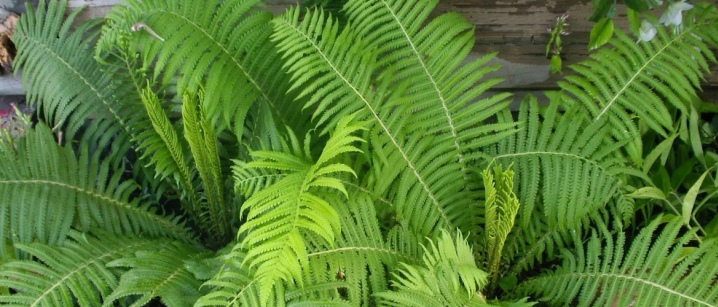
The range of non-flowering indoor plants on the market today is striking in its variety. Every florist can choose something new or unusual for himself. Among the brightly flowering specimens, there are never flowering species. In today's article we will talk about similar indoor plants.
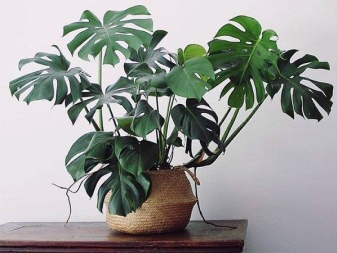
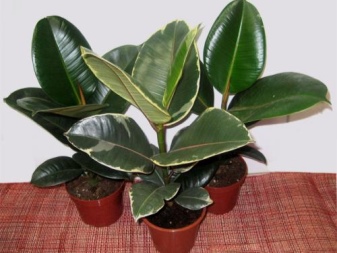
Peculiarities
Among flower growers, many prefer non-flowering species when choosing plants. This can be due to several factors that make life easier for the breeder. These plants are less whimsical to care for than their flowering counterparts. Pollen produced during flowering can cause allergies in households. Non-flowering plants are devoid of this disadvantage.
These types of plantings are found among various taxonomic groups and include many varieties.
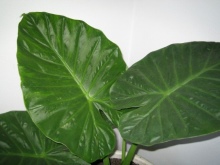
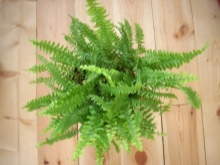

Species overview
Consider several popular types of non-flowering indoor plants that can be found on windowsills in every home.
Decorative deciduous
This type of plant is easy to care for, which does not take much time. Some of these varieties require minimal upkeep and are suitable for those busy people who are often not at home.
- The saxifrage or saxifrage is a saxifrage species. This flower is grown indoors because of its beautiful green leaves with small white veins. The reverse side of the leaf plates has a burgundy hue, which makes the flower spectacular. Plant petioles and shoots can be burgundy. The foliage itself is shaped like a heart.
The bush of the described plant can grow up to 50 cm in height, but, observing certain conditions, it can grow up to 100 cm.
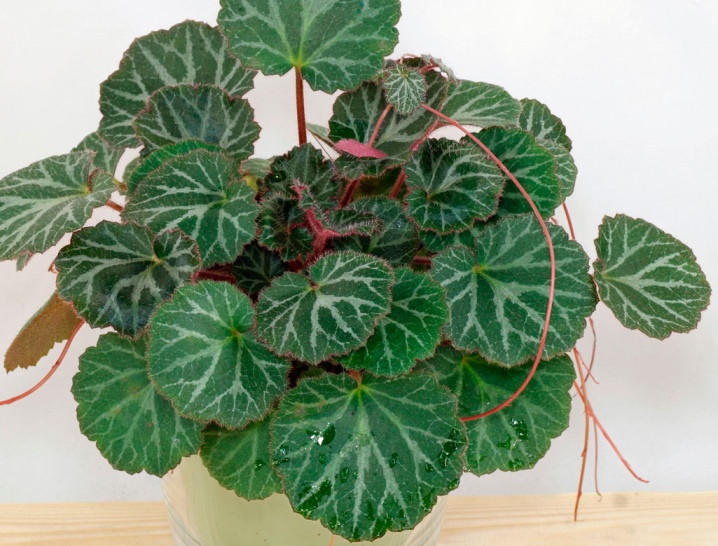
- Monstera. Liana, capable of decorating any room. It is allocated with large leaves with incisions reaching the middle of the leaf plate, which increase during the growth of the culture. The name "pet" comes from the word monstrum, which translates as "monster". The culture received this name for the large size of the leaves. This genus includes evergreens and shrubs. Shoots of green beauties are climbing and have aerial roots.
The described plant is very popular among flower growers. Studies have shown that monstera is capable of ionizing the air, and this is its good distinguishing feature.
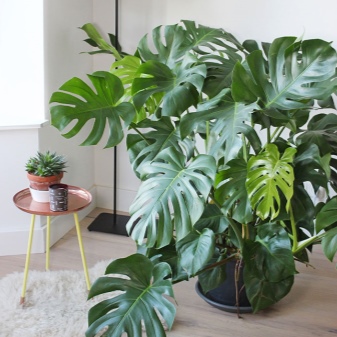
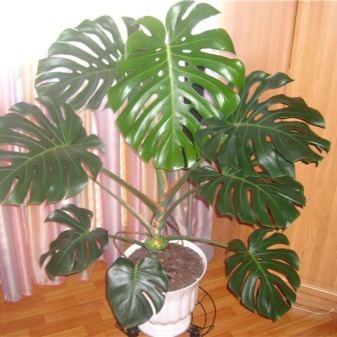
- Ferns. There are many varieties of this plant for home growing, but they all have a unique difference in the form of dense green foliage. The most popular of them are nephrolepis, maidenhair, asplenium.
The most common type for apartment maintenance is nephrolepis. The green foliage of this fern first grows upward, and having reached a certain height, it begins to grow to the sides.
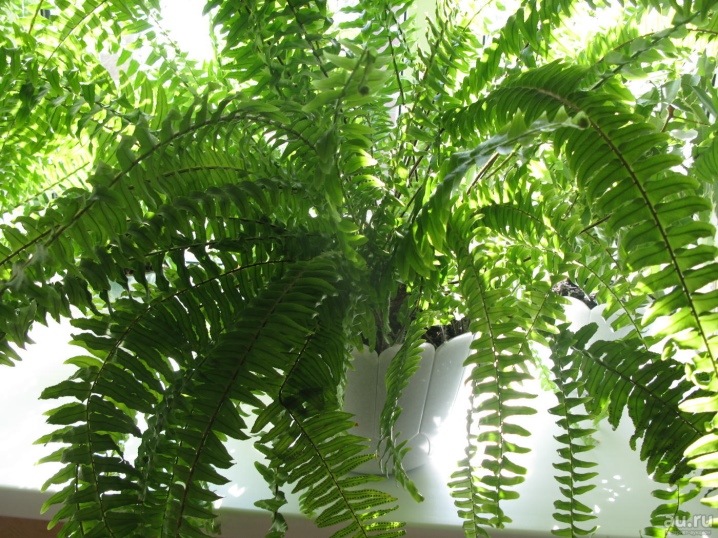
- Fatsia. Belongs to the Araliev family. This tall shrub is considered perennial and has sprawling green foliage. A distinctive feature of the described plant are large shiny leaves with cuts. In the wild, this shrub can reach 6 m vertically, and indoors its height will be no more than 1.5 m. This bush has a branched root system and sprawling shoots with processes located on them.
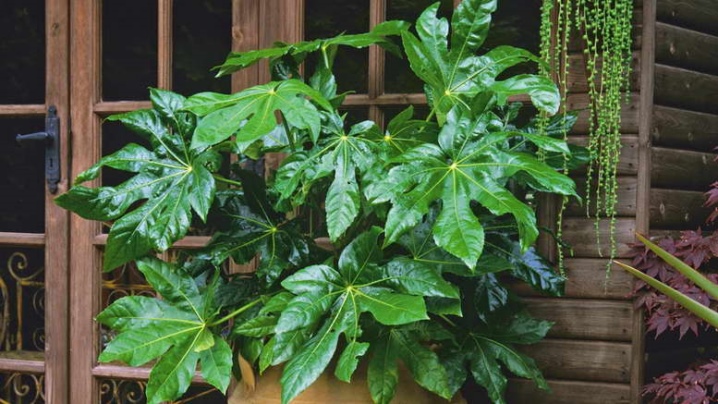
- Ficus. A very unpretentious plant that has won universal love among flower growers.Today, a large number of different variants of ficuses are known, which are adapted for apartment conditions. The most common and popular of these will be rubber, dwarf, lyre and Benjamin. Although they are all different from each other, they have beautiful leaves of green or other bright colors. The leaves have a very dense structure and can grow up to 70 cm horizontally.
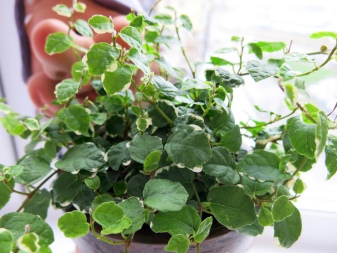
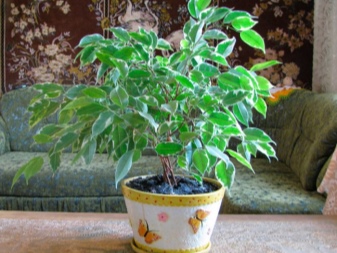
- Dracaena. An evergreen plant has a tree trunk. The green and narrow leaves of the described flower are located along the veins. Although at first glance dracaena looks very similar to a palm tree, it has nothing to do with it. Large types of culture fit well into the interiors of large offices, while small ones are acceptable for apartment maintenance.
This plant is successfully combined with other decorative plantings, and alone will not be lost in the interior.
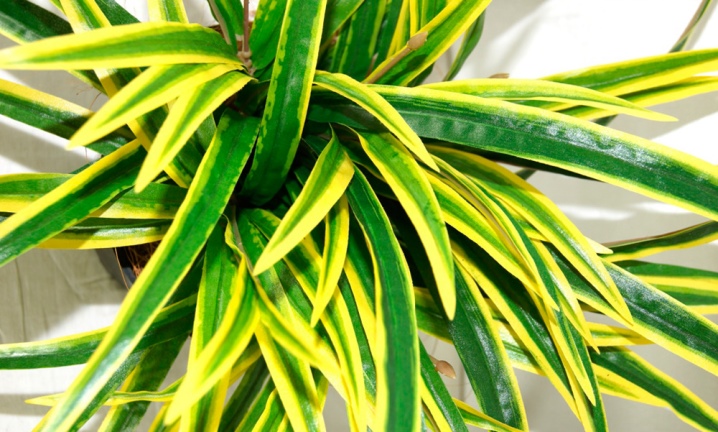
Succulents
These non-flowering indoor plants are unlike conventional crops. They have special fabrics that allow them to store water and go much longer without re-watering compared to other flowers. This feature enables them to survive in the wild. The considered group of plants belongs to different families.
Cacti are succulents with a distinctive thorn-like feature throughout the plant. In nature, several thousand different species of cacti are known, some of them are practically indistinguishable from one another with the “naked” eye. Such types of decorations are placed at work or at home, since many think that they can absorb various electronic radiation coming from a computer.
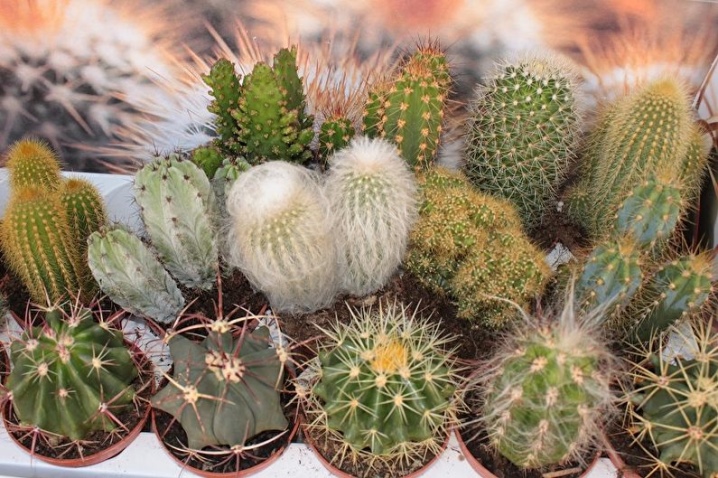
The following specimens are considered popular non-flowering cacti.
- Cephalocereus. There are silver hairs on the stems of the cactus, because of which this species is radically different from all other cacti.
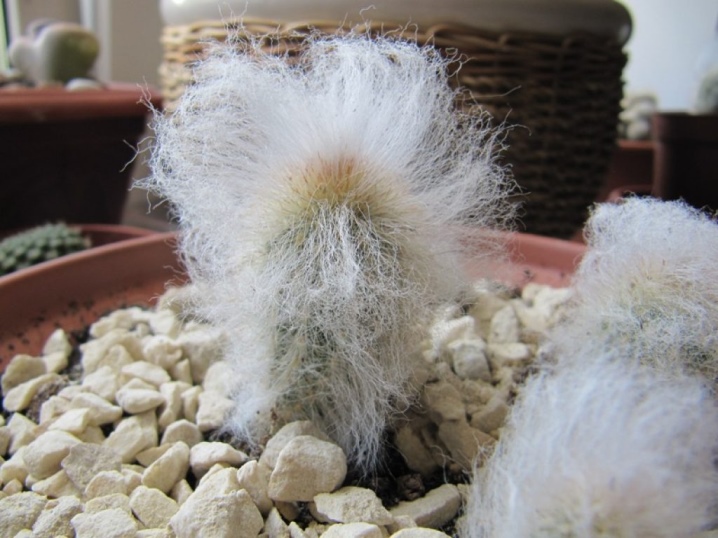
- Espostoa is woolly. This large cactus can grow up to 70 cm in height, and there are long silvery bristles next to its spines.
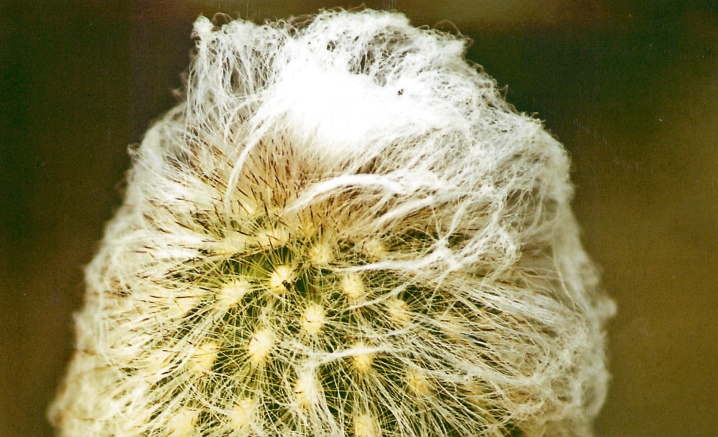
- Echinocactus Gruzoni. Perhaps this is the most popular type of cactus, which differs from others in its bright yellow spines.
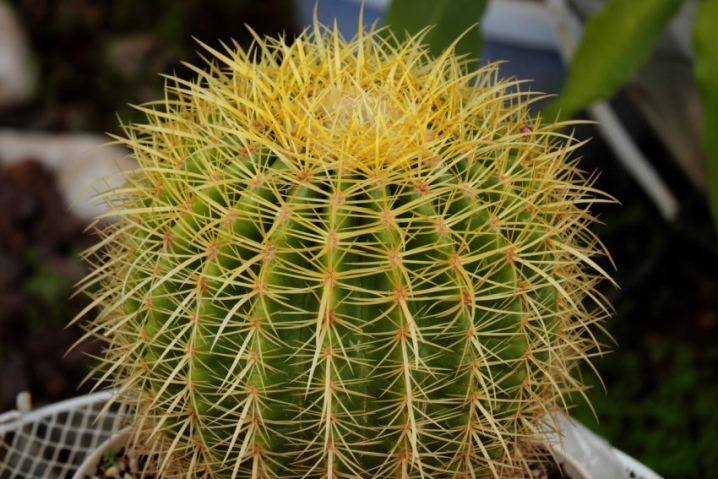
Consider other varieties of succulents.
- Queen Victoria's agave. This type of succulent is considered the most luxurious among all agave species. The described plant has hard, triangular leaves, which are strongly elongated, with a white border around the edges. Each such leaf has one long spine 1-2 cm in length and a couple of short ones. The leaf blades of the described plant are collected in a ball 40-60 cm in size.
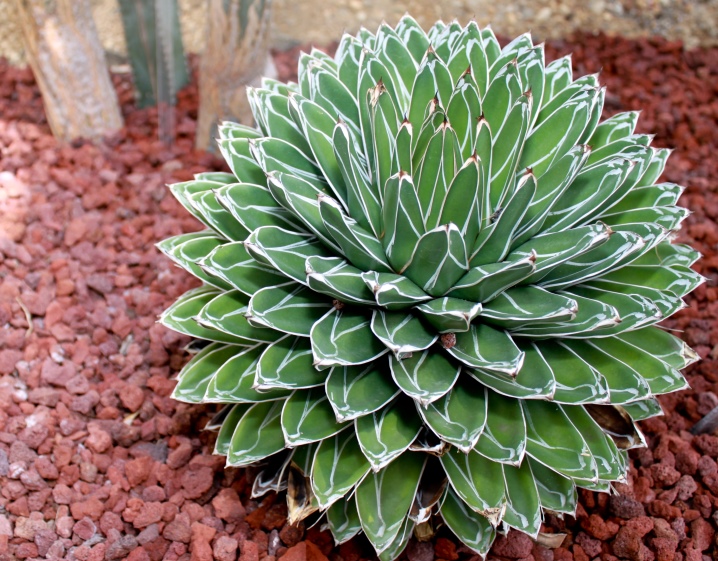
- Aloe. This plant is present, possibly in every home for use as a home remedy. It is more customary for Russian people to call this culture "century-old".
Problems with the cultivation of this crop usually do not arise, since this plant is easy to maintain. It tolerates overdrying of the soil, lack of lighting and temperature.

- Fat woman. The leaves of this plant resemble coins in their shape, therefore it is also called "money tree". Feng Shui claims that by growing this pet in the right place, namely the southeast or south window, it will help its owner become wealthy. The leaves of this tree retain moisture, due to this, they look puffed up. As far as they are voluminous, the person will be as rich.
Due to its unusual shape, this tree is considered a source of positive energy.
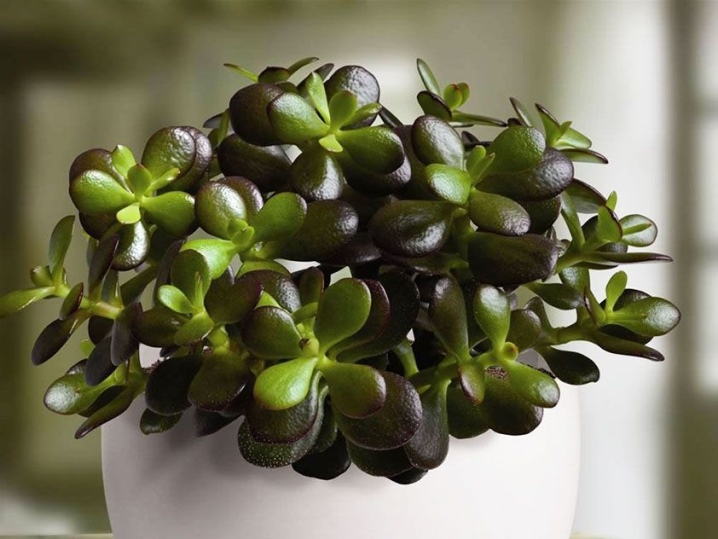
Palm trees
Indoor palms have gained popularity among gardeners for their unusual leaves. For better adaptation to the room, it is advisable to buy palms small.
- Areca. This species includes about 50 different palms, but only a few are suitable for growing at home. Representatives of this species have one or many non-thick stems. The dense foliage has a look similar to green feathers.The height of such a gorgeous palm tree depends on its type and can vary from 35 cm to 12 m.
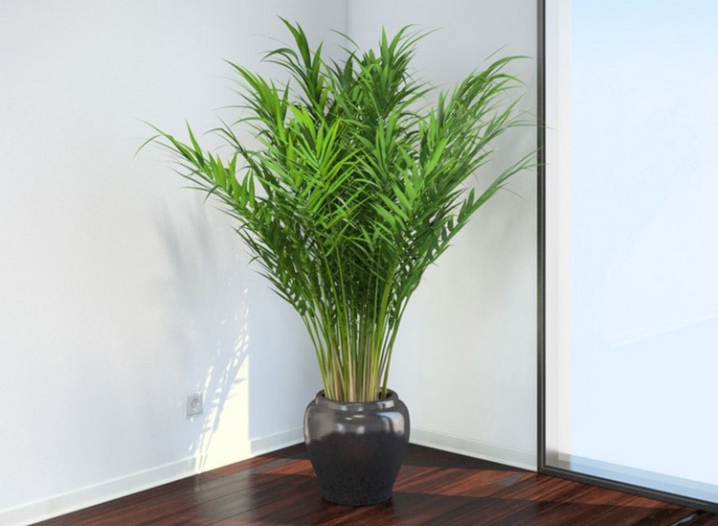
- Bamboo. This attractive palm tree is very unusual in appearance and undemanding to care for. A large number of leaves are located on its thin trunks.
This species is divided into 2 varieties depending on the height: large and small. Small palms do not grow higher than 1 m, and tall ones can reach 3 meters.
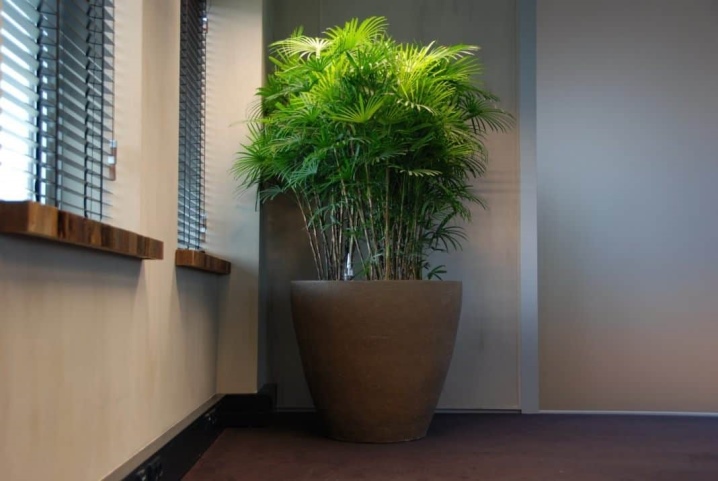
- Liviston. The specified variant of palm trees has 36 species. The described culture looks like a kind of tree with large leaves, resembling a fan. The leaves have a glossy coating of a dark green or gray-green hue.

Ampelny
These plants have long climbing or creeping shoots. This appearance of flowers allows them to live in suspended pots.
- Asparagus. This culture belongs to the lily family. There are about 100 species in total, but Asparagus sprengeri has become more popular. This representative is bushy and differs from the rest of the species by the flowing thorny leaves of a gray-green hue.

- Ivy or heder. This is a shrub with adventitious roots and creeping branches, with which the plant is able to cling to ledges and irregularities. The leaves are angular in shape and have a dense skin and green color.
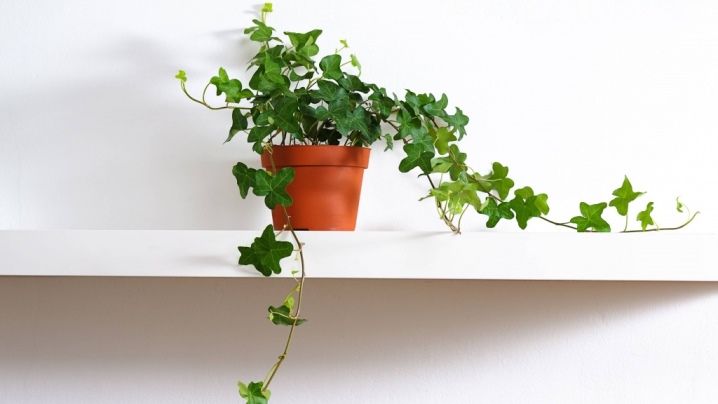
- Soleirolium or gelksin. This species is considered a ground cover belonging to the nettle family. The described culture has many small green leaves that are present on thin branches.
This beauty differs from its counterparts with a creeping and well-branching stem.
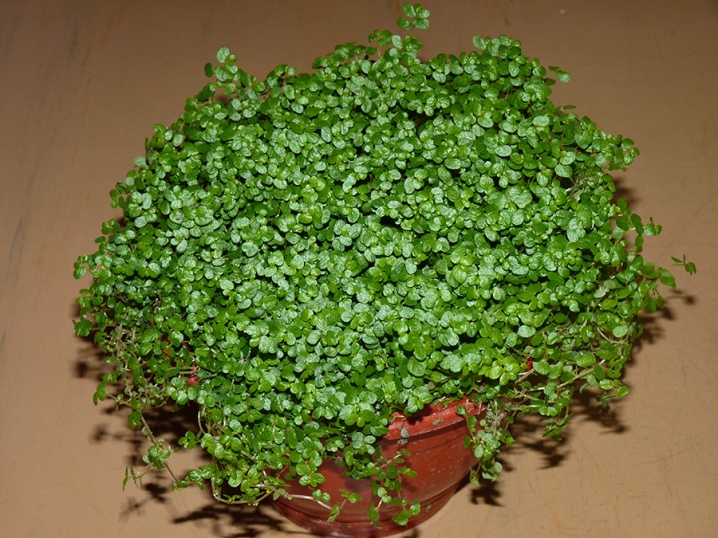
Care rules
These plant species are distinguished from the rest by a variety of leaf shapes and their colors. Crops that are brightly colored need good lighting. For species with normal coloration, simple light is sufficient. For the normal growth and development of such crops, you will need to follow some rules:
- waterlogging of the soil is detrimental to plants;
- the roots need oxygen, so sometimes it is necessary to loosen the soil, but this must be done as carefully as possible so as not to damage the roots;
- in the winter season, the plants are dormant - this suggests that they need to be watered and fed less often;
- when spots appear on plants, it is necessary to establish the cause of the disease and only then choose the correct treatment;
- plant transplantation must be timely and very careful;
- when choosing plants, you need to proceed from the climate of the apartment - how much it suits this selected species.
Even non-flowering plants, with their well-groomed and healthy appearance, are able to create a cozy atmosphere in the room.

Recommendations for owners
For the successful cultivation of non-flowering plants, before buying, you must carefully study the rules for the care and cultivation of a particular specimen. After that, it will be clear whether you are ready for the content of such a culture.
It is necessary to select a pot based on the requirements for the flower itself. It is important to know how it is necessary to water a specific type of plant - through the top of the pot (by the usual method) or through the pallet.
This is a very important point, since some flowers cannot tolerate excess moisture on their stems and leaves, and improper watering can lead to pet illness.
Apply the correct dressing - this is necessary when growing any flowers. Here it is important to determine what kind of feeding is needed for a particular species (mineral or organic). The wrong choice of fertilizers can negatively affect the health and further development of a particular crop. There are plants that are suitable for both types of dressings - everything is individual for each species. If a grower is interested in the long life of his crops, he needs to know this.
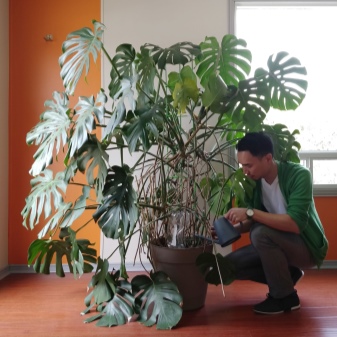

For an overview of non-flowering indoor plants, see the next video.































The comment was sent successfully.